1. Talking Too Much (And Too Loud)
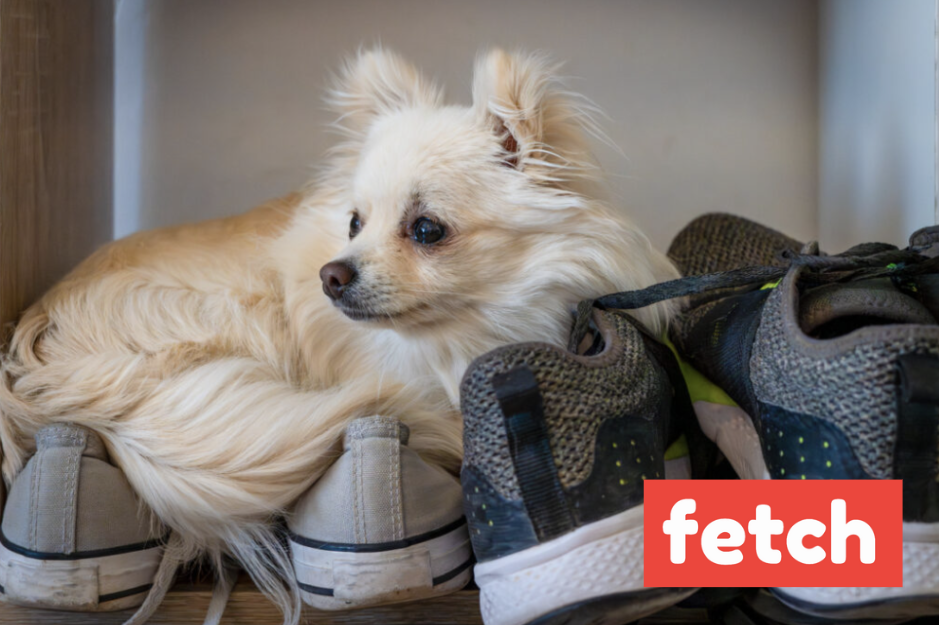
We all know someone who narrates their every move like they’re hosting a one-woman podcast, and if that someone is you, your dog might be quietly begging for an intermission. While humans are hardwired to use words for connection, dogs tune in more to tone, body language, and scent. A constant stream of chatter can overwhelm their senses, especially when it’s loud or emotionally charged. Your upbeat babbling might feel affectionate to you, but to your dog, it’s like trying to relax in a room full of blaring infomercials.
Studies have shown that dogs respond more reliably to tone than to actual words. One study from Eötvös Loránd University found that dogs process words and intonation in separate parts of the brain, meaning your delivery matters more than the actual message. Calm, consistent tones foster trust, while high-pitched or rapid-fire talking can signal stress, not love. So instead of narrating your every move like a sitcom character, try using intentional silence, slow movement, and meaningful cues. Your dog’s ears and nervous system will thank you. Source: Eötvös Loránd University Study via Science
2. Hugging Them Like a Teddy Bear

You might think it’s the ultimate sign of love, but wrapping your arms around your dog in a tight human-style hug can send the exact opposite message. Unlike primates, dogs don’t naturally hug to show affection. Many interpret it as a form of restraint or even dominance. When you swoop in with a squeeze, especially if it’s around the neck or shoulders, you’re entering their vulnerable space and limiting their escape options. That tail wag you see? Check the rest of their body. If their ears are pinned back, eyes are wide, or they suddenly freeze, they’re not loving it; they’re tolerating it.
A study that analyzed over 250 images of people hugging their dogs found that about 81% of the dogs showed signs of stress or discomfort. From wide eyes to lip licking and stiff posture, the cues are often subtle, but real. Some pups may tolerate hugs from trusted humans, but most prefer less invasive affection like gentle petting or simply sitting close. So next time you want to show love, let them lean on you instead of going full bear hug. Source: Psychology Today
3. Making Direct Eye Contact for Too Long
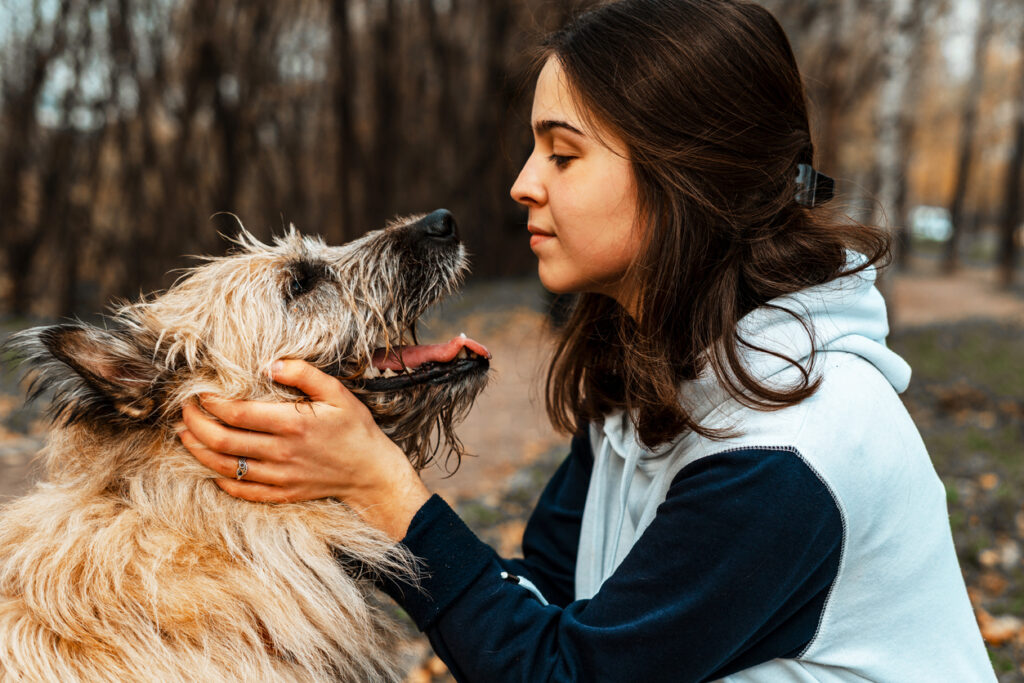
You might see it as bonding. Your dog might see it as a standoff. While we humans use eye contact to build trust and intimacy, in the dog world, prolonged eye contact is often a threat. Dogs read facial cues constantly, and a hard stare can signal dominance, confrontation, or confusion, especially if it’s coming from someone looming over them. Even loving gazes can feel intense if they’re too long or unblinking, especially from new people or kids who don’t yet know how to “speak dog.”
Eye contact can activate a dog’s stress response. A study in Behavioural Processes showed that dogs were more likely to look away, lick their lips, or display appeasement behaviors when unfamiliar humans held their gaze. That doesn’t mean you can’t ever look into your dog’s eyes, far from it. A soft, slow blink or brief gaze while speaking calmly can strengthen your bond. Just remember: in the canine language of love, subtlety speaks louder than stares. Source: Behavioural Processes
4. Rushing Walks Instead of Letting Them Sniff
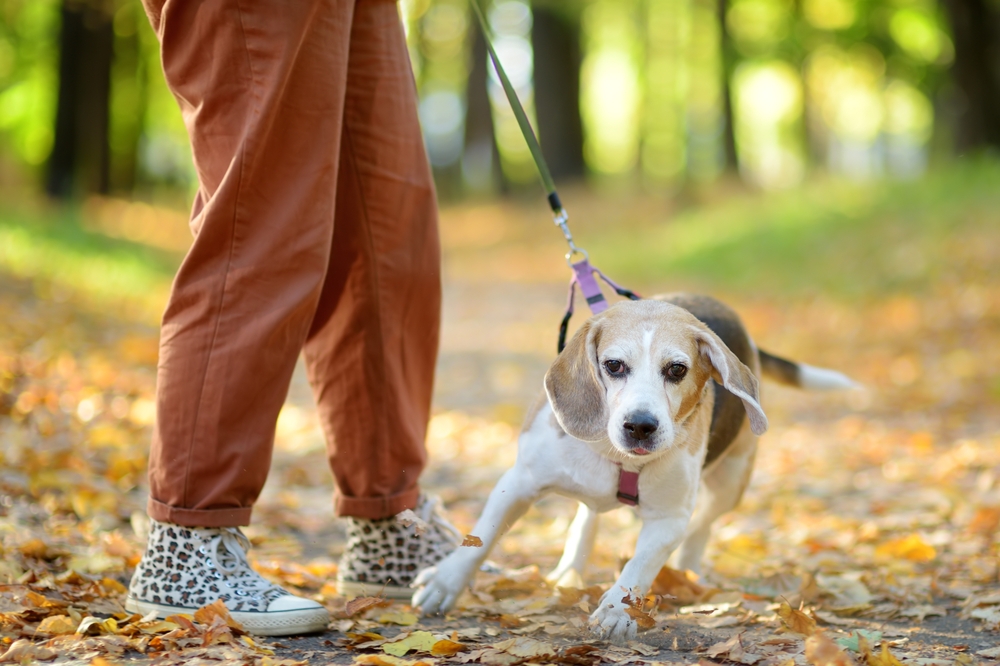
To you, a walk might be an exercise. To your dog, it’s a symphony of smells, and cutting that short is like yanking someone away mid-bite at a gourmet buffet. Dogs “see” the world with their noses. A single patch of grass can hold information about who passed by, what they ate, their mood, and even if they’re in heat. When we rush them along with a tug or constant “come on,” we’re not just being impatient; we’re interrupting their primary way of gathering information, reducing the walk to a mindless treadmill session.
Allowing your dog to sniff isn’t just kind, it’s cognitively enriching. Research from the University of Pisa found that dogs allowed to sniff freely on walks were more optimistic and mentally stimulated. These “sniffaris” give dogs a chance to decompress, burn mental energy, and explore in a way that mirrors their instincts. So next time you’re tempted to power walk through the neighborhood, slow your roll. Let them pause, investigate, and follow the scent trails. To a dog, a well-sniffed walk is worth ten rushed laps around the block. Source: University of Pisa Study via Applied Animal Behaviour Science
5. Skipping Mental Stimulation
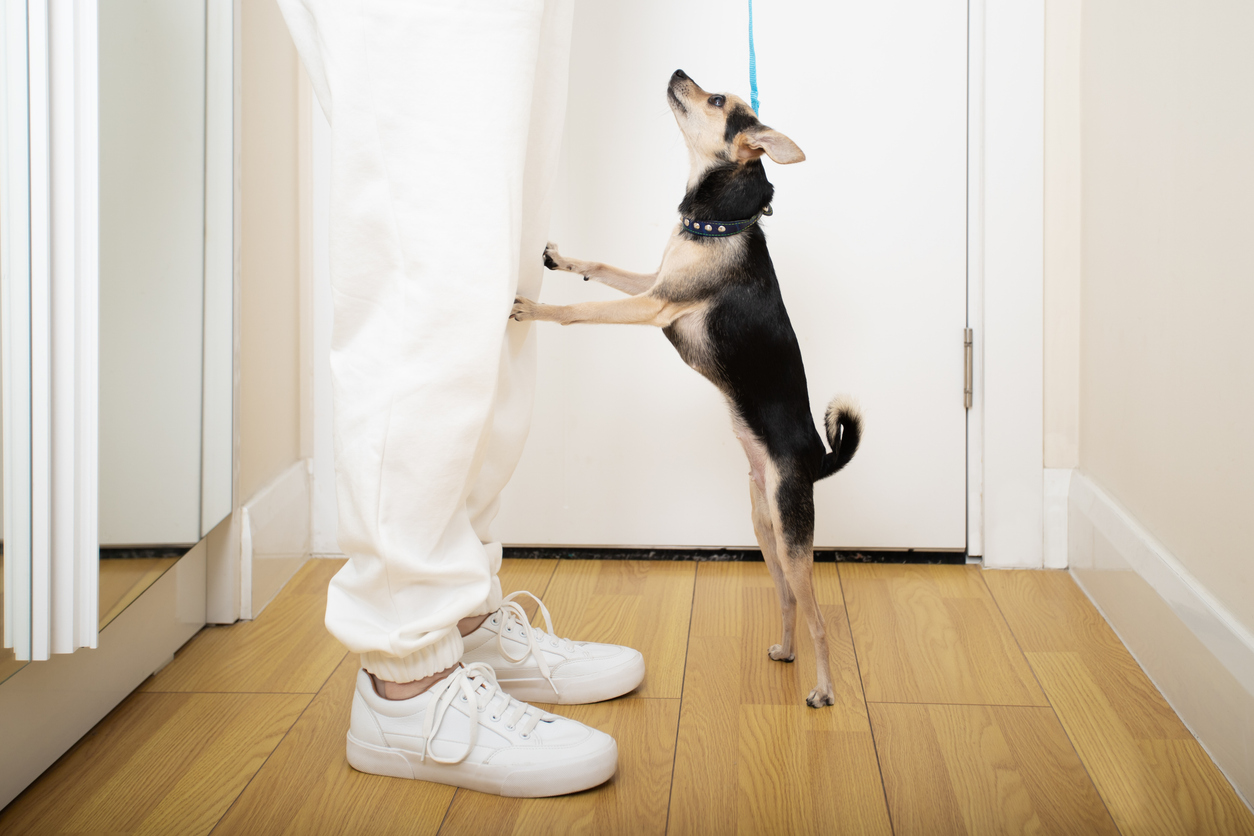
Toys? Treats? Walks? Check, check, check. But if your dog is still bouncing off the walls or acting out, there’s a good chance they’re mentally under-stimulated. Just like physical exercise, dogs need regular brain workouts to stay balanced and content. Boredom can lead to destructive chewing, barking, pacing, and even depression. Think of it this way: a bored dog is like a gifted kindergartener stuck doing the same puzzle every day. They crave problem-solving, learning, and novelty, and without it, they’ll find ways to stay busy.
Mental enrichment can be simple but powerful. Puzzle toys, scent games, obedience refreshers, or even a new route on your daily walk can light up their brain like a Christmas tree. In one study published in Animal Cognition, dogs that engaged in cognitive games showed fewer stress signals and were more emotionally resilient. And the best part? Five minutes of brain work can tire a dog out as much as a 30-minute run. So if you’re skipping the mind games, you’re leaving one of your most powerful tools for a happy, calm pup on the table. Source: Animal Cognition
6. Dressing Them Up for Your Entertainment

We get it, your dog looks adorable in that dinosaur onesie or tiny reindeer antlers. But while those holiday photos rack up the likes, your dog might be less enthused. Dogs experience the world through movement and body language, and putting them in clothes, especially snug, itchy, or restricting ones, can interfere with their ability to communicate or even move naturally. Some dogs tolerate it better than others, but many show subtle stress signals when dressed up: tail tucked, ears pinned back, stiff posture, or refusal to move.
A study from the University of Bristol found that dressing dogs can trigger anxiety if it limits natural behaviors or is introduced too suddenly. That doesn’t mean you can’t ever put a jacket on your dog, just make sure it serves a purpose (like warmth or protection) and that your dog is truly comfortable. Look for signs of ease, like wagging tails, relaxed bodies, and normal movement. If your dog freezes like a statue every time you reach for the costume bin? It’s time to swap the outfit for a cozy blanket and a photoshoot in their natural state: naked, happy, and dignified. Source: University of Bristol via The Kennel Club
7. Inconsistent Rules (Especially Around Food)

One day, a fry “accidentally” falls into your dog’s mouth. Next, you’re yelling at them for begging at the dinner table. Sound familiar? Dogs thrive on consistency, and mixed signals, especially around food, can make them anxious, pushy, or even aggressive. If your dog doesn’t know when the rules apply (and when you’ll cave), they’ll test boundaries constantly. And when food is involved, that can turn into resource guarding, begging, or stomach problems from too many salty or fatty handouts.
A 2022 study in Frontiers in Veterinary Science confirmed what most trainers already know: dogs in households with inconsistent rules or routines displayed more behavioral issues, including anxiety and attention-seeking. The fix isn’t about being strict, it’s about being predictable. If you don’t want a behavior tomorrow, don’t reward it today. Set clear boundaries around feeding, stick to them, and make sure everyone in the household is on the same page. Your dog isn’t being “bad,” they’re just confused by your ever-changing rules. Source: Frontiers in Veterinary Science
8. Interrupting Their Sleep
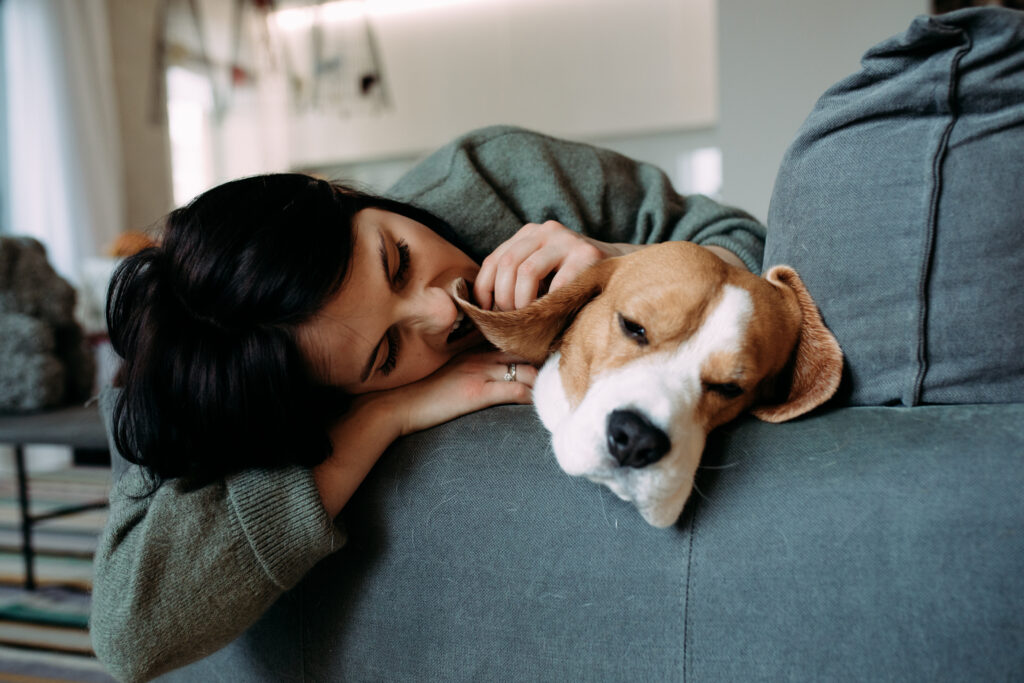
We love our dogs so much, we sometimes forget they’re not stuffed animals. You wouldn’t wake your roommate from a deep nap just to kiss their nose, so why do it to your pup? Dogs need far more sleep than humans, typically 12 to 14 hours a day, and even more for puppies and seniors. When you poke, prod, or smother them during a nap because they’re just too cute, you’re not only disrupting their rest, you’re messing with their mood, memory, and ability to regulate stress.
According to research published in Frontiers in Neuroscience, dogs that are regularly deprived of deep, uninterrupted sleep show higher levels of reactivity and lower problem-solving ability. Just like humans, sleep plays a crucial role in their mental health. A groggy dog might act jumpy, irritable, or less responsive, not because they’re “moody,” but because you’ve unknowingly chipped away at their rest reserves. Let sleeping dogs lie isn’t just a saying, it’s a rule worth following if you want a happy, healthy companion.
Source: Frontiers in Neuroscience
9. Leaving Them Alone Too Long (Even If You Think They’re Fine)
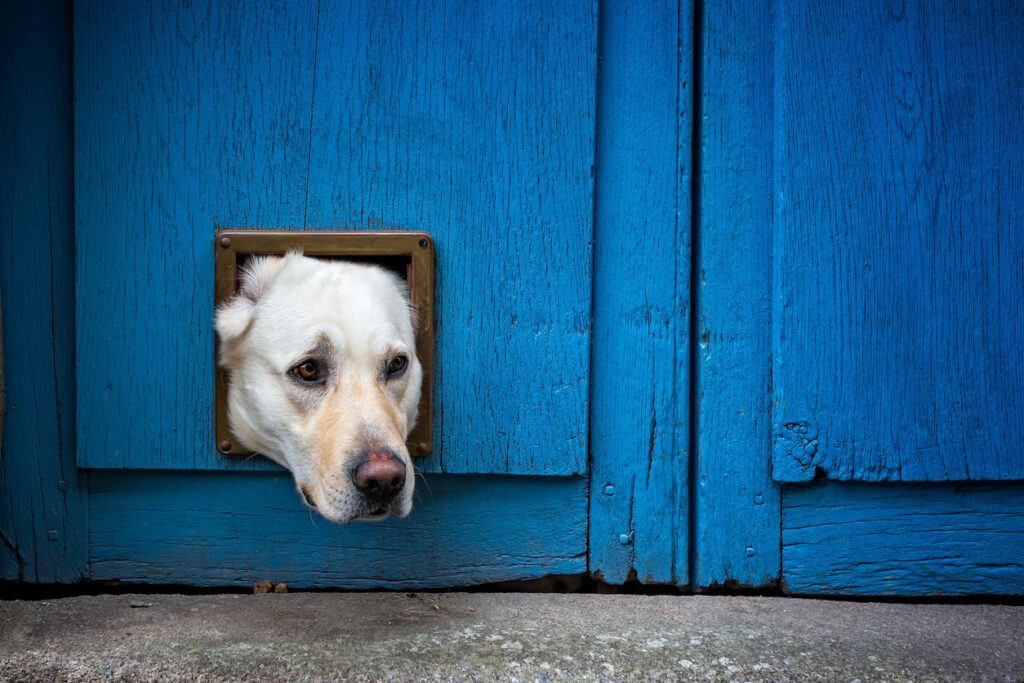
You might assume your dog is perfectly content snoozing the day away while you’re at work or out running errands, but behind that sleepy facade could be a dog quietly suffering from loneliness or low-level anxiety. Dogs are pack animals. Even independent breeds are hardwired for companionship, and long hours alone can lead to behavioral issues like barking, chewing, or depression. The worst part? Many dogs don’t show obvious signs of distress, making it easy to miss.
A study from the Journal of Veterinary Behavior found that dogs left alone for more than six hours a day showed increased signs of anxiety, pacing, and stress-related behaviors, especially when left without access to windows, enrichment, or background noise. That’s not to say you can never leave the house, but routines matter. Try breaking up long stretches with a midday walk, a pet sitter, or even a doggy daycare session once a week. To your dog, being alone all day doesn’t just feel boring; it can feel like abandonment.
Source: Journal of Veterinary Behavior
10. Over-Bathing or Using Strong Scents

We all want a dog that smells fresh and feels soft, but too much hygiene can backfire. Dogs don’t need frequent baths like humans do. Over-washing can strip the natural oils from their skin, leading to dryness, irritation, and even infections. And those perfumed shampoos or dog colognes? They may make your pup smell like a tropical breeze, but their ultra-sensitive noses experience those fragrances as overpowering and sometimes distressing. What smells like a spa day to you might feel like a chemical storm to them.
According to the American Kennel Club, most dogs only need a bath every 4 to 6 weeks, depending on coat type, activity level, and skin health. Scented grooming products, especially those with alcohol or artificial perfumes, can trigger allergies or behavioral avoidance. Dogs communicate heavily through scent, and masking their natural smell too often can even confuse their social signals with other dogs. Stick with unscented, pH-balanced products designed for dogs, and let that “eau de fur” shine through every now and then. Source: American Kennel Club
11. Ignoring Their Body Language
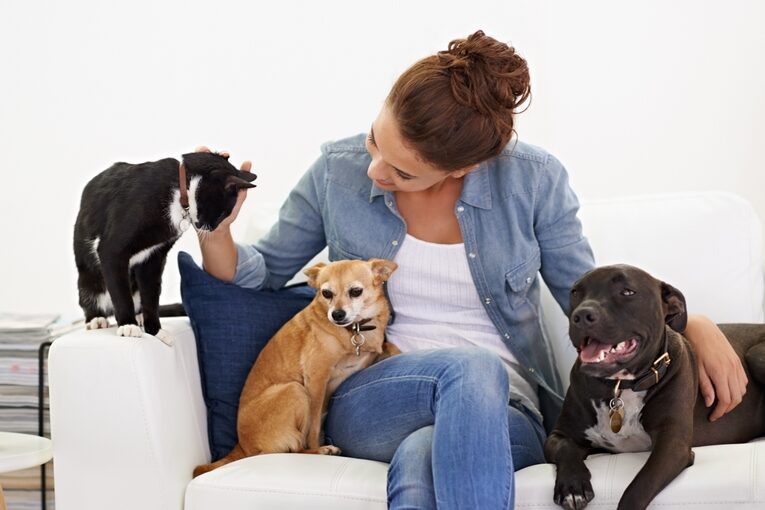
Your dog is speaking to you all the time, just not with words. Every ear twitch, tail flick, head turn, and lip lick is a message. But too often, we miss the signals or misread them entirely. A wagging tail doesn’t always mean happiness (it can mean anxiety or overstimulation), and a yawn might not mean they’re tired; it could be a sign of stress. When we ignore or dismiss these cues, we risk pushing our dogs into situations they don’t feel safe in, which can lead to fear, shutdowns, or even aggressive outbursts.
A 2020 study in Animals found that most dog bites occur when people, especially children, fail to recognize the dog’s early warning signs, like stiff posture, avoidance, or subtle growls. Dogs rarely “snap out of nowhere,” they give warnings; we just don’t always listen. Learning to read canine body language isn’t just for trainers; it’s an everyday skill that deepens trust and prevents conflict. If your dog turns away, goes still, or starts licking their lips in a new situation, they’re not being dramatic; they’re begging you to advocate for them. Source: Animals Journal
12. Using a Harsh or “Dominant” Training Style
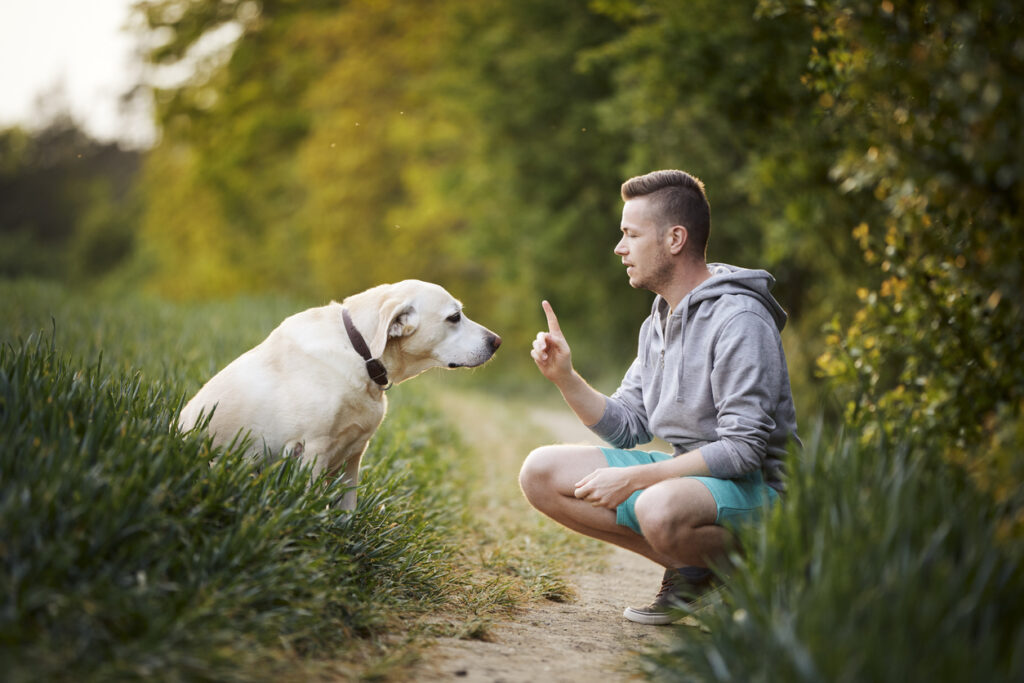
Despite what old-school TV trainers might’ve taught, dogs don’t need to be “put in their place,” and using force-based methods can do serious damage to your relationship. Yelling, leash jerks, alpha rolls, or punitive training not only stress your dog out—they can make them fearful, reactive, or shut down completely. These techniques don’t build respect; they breed anxiety. And science has fully moved on: positive reinforcement is far more effective and humane.
A major study published in PLOS ONE compared aversive methods (like shock collars or physical corrections) to reward-based training and found that dogs trained with punishment were more stressed and less optimistic overall. On the flip side, dogs trained with praise, treats, and patience showed faster learning and better long-term behavior. You don’t need to dominate your dog, you need to communicate clearly and reward what you do want. Because at the end of the day, your dog isn’t trying to challenge your authority. They’re just trying to understand the rules of the game. Source: PLOS ONE
13. Not Letting Them Say Hello (or Forcing Them to)

Socialization is important, but like humans, dogs have preferences, and being dragged into unwanted greetings (or yanked away from one they do want) can be incredibly frustrating. Whether it’s a friendly sniff at another dog, a curious pause near a stranger, or a moment of excitement when they recognize someone familiar, dogs use social cues and scent to navigate their world. When we pull them away abruptly, we short-circuit that natural process. On the flip side, forcing interactions, especially with people or dogs they want to avoid, can create distrust and anxiety.
According to research in Veterinary Sciences, dogs given autonomy during greetings were more relaxed and showed fewer signs of stress than those whose movements were overly controlled. It’s not about letting your dog run wild, it’s about giving them a choice when it’s safe to do so. If your dog turns away, don’t push. If they lean in, let them have a moment. Their world runs on scent, choice, and subtle signals, and sometimes, the most respectful thing you can do is just hold the leash… and let them lead. Source: Veterinary Sciences
Dogs put up with a lot from us. They forgive our loud voices, our clumsy hugs, our inconsistent rules, and they still greet us like rockstars every time we walk through the door. But the truth is, many of the ways we express love can be confusing, overwhelming, or downright annoying to our dogs. Luckily, every single one of these habits is fixable. All it takes is a little observation, a bit of humility, and the willingness to see the world through your pup’s eyes (and nose).
If this list made you laugh, cringe, or suddenly want to go apologize to your dog, we’re right there with you. These tiny shifts in behavior don’t just make dogs happier, they deepen the bond between you. And that’s the kind of tail-wagging feedback loop we can all feel good about.
If you liked this story, please give us a thumbs-up so we know to write more stories like this. If you didn’t like it, if we’ve missed anything, or if you would like to pitch your story ideas to Fetch, please let us know in the comments.


